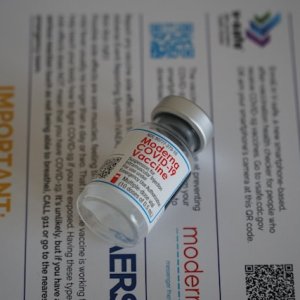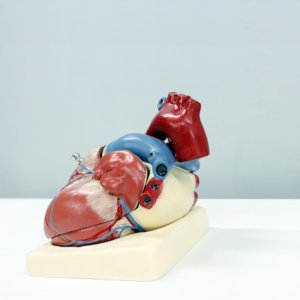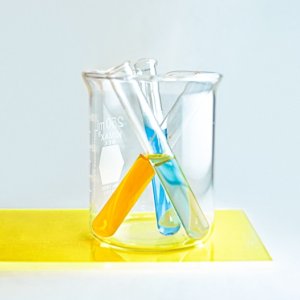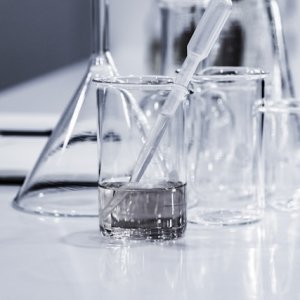
What Are the Most Relevant Applications for Stem Cells in Mexico?
Hailed by some as a wonder-cure, shunned by others due to ethical concerns, stem cells and their research applications are subject to great debate across the globe. In Mexico, practical applications for stem cells are still granted on a case-by-case basis by the authorities. During the wait for regulation to change, companies are researching potential applications that could be commercialized at a later date. Mexico Health Review asked industry players to explain which potential applications they are researching and foresee for the Mexican market.

Victor Saadia
The potential applications are still being researched, but in Mexico they have mostly been used for orthopedics, lesions in articulations such as the knee, hip and shoulder or for diabetes. We are running an interesting protocol on autism and stem cells also can be used for neuro-degenerative diseases such as Parkinson’s. There are also intravenous applications to help regenerate tissues and cells, as stem cells have anti-aging properties that are popular with athletes. Stem cells help our cells regenerate. The next five years will be very interesting. Legislation has to change and if the authorities understand that Mexico could become one of the most innovative and leading countries in the area we could make rapid advances. Regulation would need to be more flexible to allow R&D, because in other countries much of the R&D is financed through bursaries and the academic world. We are limited in this regard in Mexico.

Jesús Esparragoza
Some studies on spine lesions have provided positive results on the implantation of stem cells in comparison to cases where none were applied. Thus, patients prefer to use these products with the expectation that they may work. This treatment can also be used to treat T1D, which involves an inflammatory process that damages the pancreas. The application of stem cells in this situation can help partially revert the damage to the pancreas and reduce the amount of insulin that a patient will require. These cells are injected in the pancreatic artery to slow down the inflammatory processes. It is theorized that applying them even earlier would even have a better result. However, there are no indications that this treatment is useful for T2D as this is not an inflammatory process but a degenerative one. T2D must be handled through a multidisciplinary approach that involves the government, health systems, schools and families.

Abraham Franklin
We are developing cardiac cells for regenerative medicine and working with 3-D printing to replace foot bones. We can print skin for burns and produce cells for laboratory tests, thus avoiding animal testing. Additionally, our experts are developing beta pancreatic cells that produce insulin, taking steps toward treating T1D. Also, we are trying to help people who suffer from macular edema and retinitis pigmentosa by producing cells found in the eye’s rods and cones. From MSC, we can fabricate fibroblast to produce a serum that helps reduce wrinkles and our partners in Spain have already treated 20 patients, 18 of which saw positive results. MSC also have immunomodulating properties, meaning the cells can reduce inflammation and rejection rates. We injected MSC into eight paralyzed rats and after six weeks four started walking again. Parkinson’s and Alzheimer’s are other diseases we want to treat.
















